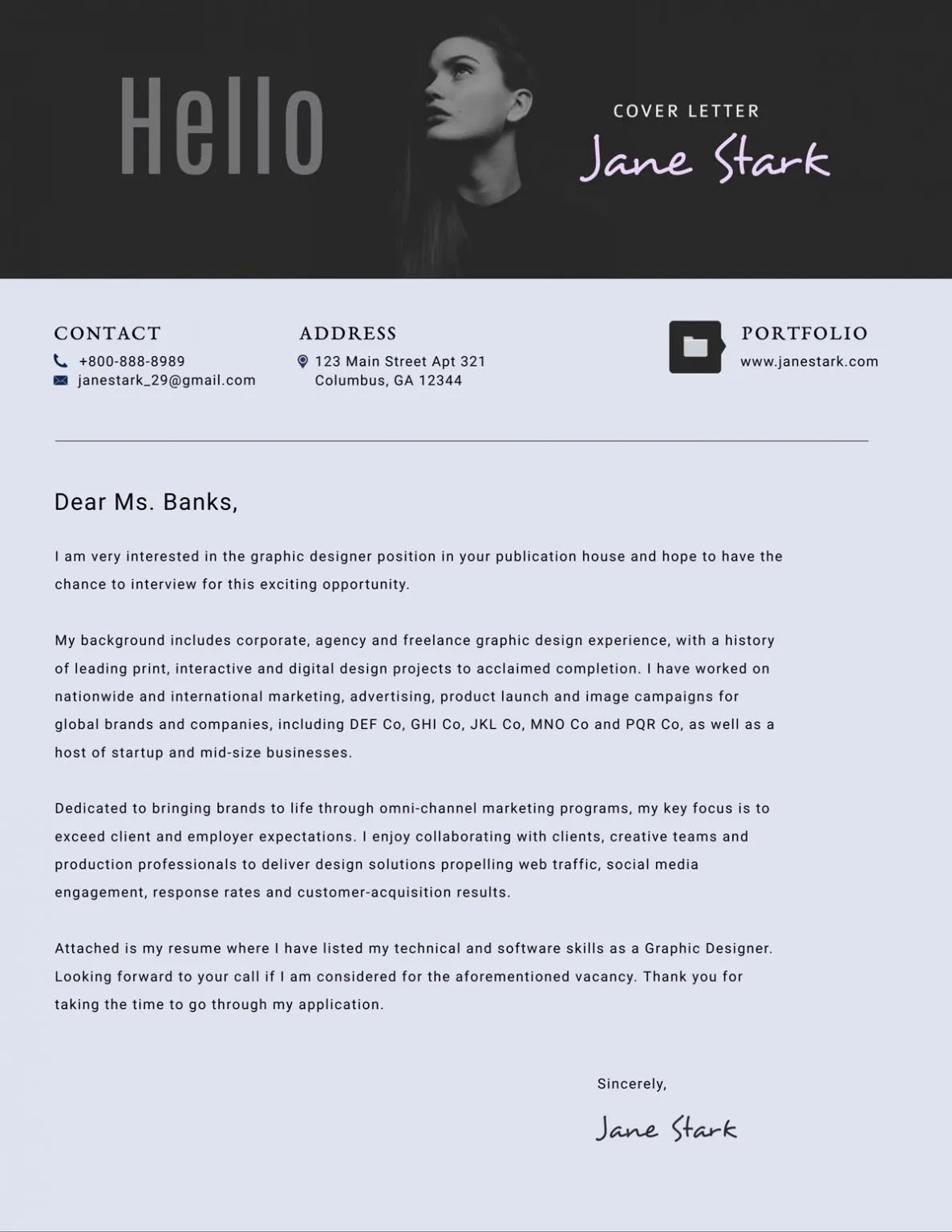Why Creative Cover Letters Matter
In a job market saturated with applications, a creative cover letter can be your secret weapon. It’s more than just a formality; it’s your first opportunity to make a lasting impression on a potential employer. A well-crafted creative cover letter immediately sets you apart from the countless other applicants vying for the same position. It shows you’ve taken the initiative to go beyond the standard template, demonstrating your enthusiasm, attention to detail, and willingness to think outside the box. This is the place where you can start a positive conversation between you and the potential employer.
Grabbing Attention with Your Cover Letter
The goal of any cover letter, creative or otherwise, is to capture the hiring manager’s attention. This means moving beyond generic phrases and clichés. Instead, focus on conveying your unique value proposition. What makes you the ideal candidate? What specific skills or experiences do you bring to the table that directly align with the job requirements? Address the reader with a unique message so that the potential employer understands why you are contacting them. Use strong, active verbs and compelling language to create a narrative that draws the reader in from the very beginning, making them want to learn more about you.
Understanding the Importance of a Great Cover Letter
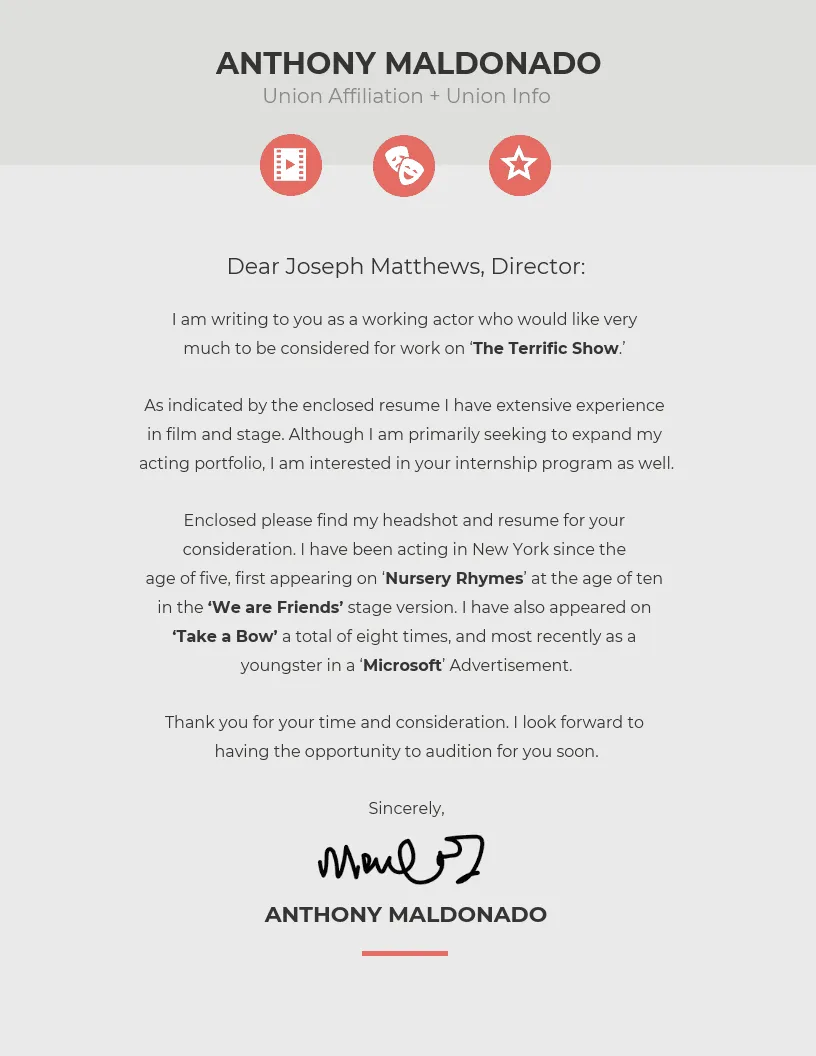
Many candidates underestimate the power of a great cover letter. It’s not just a summary of your resume; it’s an opportunity to tell your story, highlight your achievements, and demonstrate your personality. It’s a chance to show you’re more than just a list of qualifications – you’re a person who is genuinely interested in the role and the company. The cover letter is your chance to showcase your writing skills, communication style, and attention to detail. A well-written cover letter is a sign of professionalism and a strong indicator of your ability to communicate effectively in the workplace. The cover letter is the first test to get the interview.
Top 5 Creative Cover Letter Ideas
Idea 1 Showcase Your Skills
Rather than simply listing your skills, showcase them through concrete examples. Use the cover letter to highlight your accomplishments and demonstrate how you’ve applied your skills in previous roles. For example, instead of writing ‘Proficient in project management,’ describe a specific project you led, the challenges you overcame, and the positive outcomes you achieved. This approach transforms a generic statement into a compelling narrative that demonstrates your abilities and provides tangible evidence of your value to the company.
Highlighting Relevant Experience
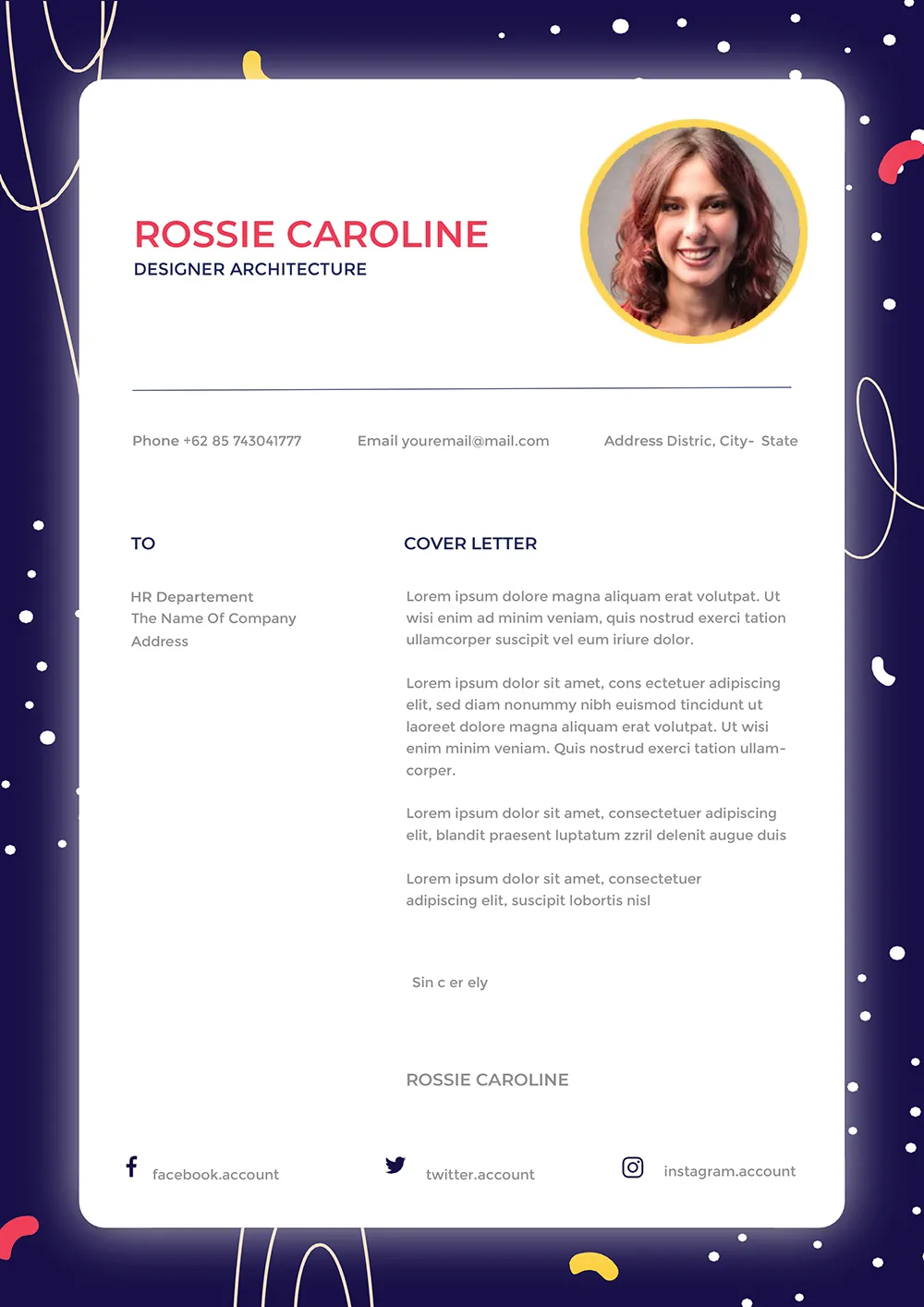
Carefully review the job description and identify the key skills and experiences the employer is seeking. Then, tailor your cover letter to emphasize those aspects of your background. Don’t just list your previous roles; provide concise descriptions of your responsibilities and how they align with the job requirements. Focus on the experiences that are most relevant to the position, highlighting how you’ve successfully utilized your skills in similar situations. This focused approach will make your application more compelling.
Quantifying Your Achievements
Whenever possible, quantify your achievements with specific data and metrics. Instead of saying ‘Improved sales,’ state ‘Increased sales by 20% in six months.’ Use numbers to illustrate the impact of your work and demonstrate the value you brought to your previous employers. This approach adds credibility to your claims and provides a clear picture of your capabilities. Numbers provide a clear picture of what was accomplished and also show your commitment to results.
Idea 2 Personalize Your Pitch
Show the hiring manager that you’ve taken the time to learn about their company and understand their needs. Personalize your cover letter by addressing the hiring manager by name (if possible) and referencing specific details about the company, its products or services, and its culture. This level of personalization demonstrates your genuine interest in the opportunity and your commitment to joining their team. This shows that you’re not just sending out a generic application.
Researching the Company
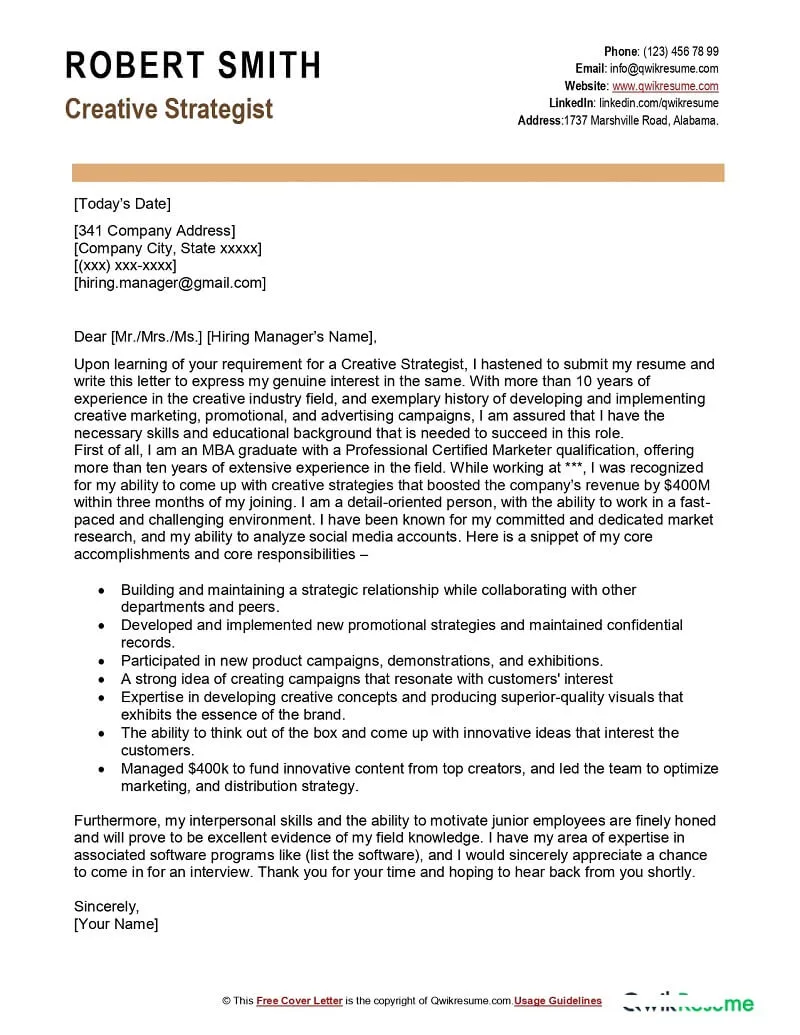
Before you start writing, thoroughly research the company. Visit their website, read their blog, and explore their social media profiles. Look for information about their mission, values, recent projects, and any industry news. This research will not only help you tailor your cover letter but also provide talking points for your interview. Understand the company and its mission, and then align your cover letter to show them that you understand it, too.
Tailoring Your Letter
Customize your cover letter for each job application. Avoid using a generic template. Instead, carefully review the job description and identify the key requirements and qualifications. Then, tailor your letter to address those specific needs. Highlight the skills and experiences that are most relevant to the role and explain how you can contribute to the company’s success. Show the employer you understand the specifics of the job.
Idea 3 Design a Visually Appealing Cover Letter
In a world of digital documents, a visually appealing cover letter can make a powerful statement. Consider using a clean and modern layout with an easy-to-read font. Use white space effectively to create a balanced and uncluttered design. A well-designed cover letter not only makes a positive impression but also demonstrates your attention to detail and your ability to create visually engaging content. The best option will be to use the standard format, but with a unique touch. This can be a unique font, or layout.
Using a Clean Layout
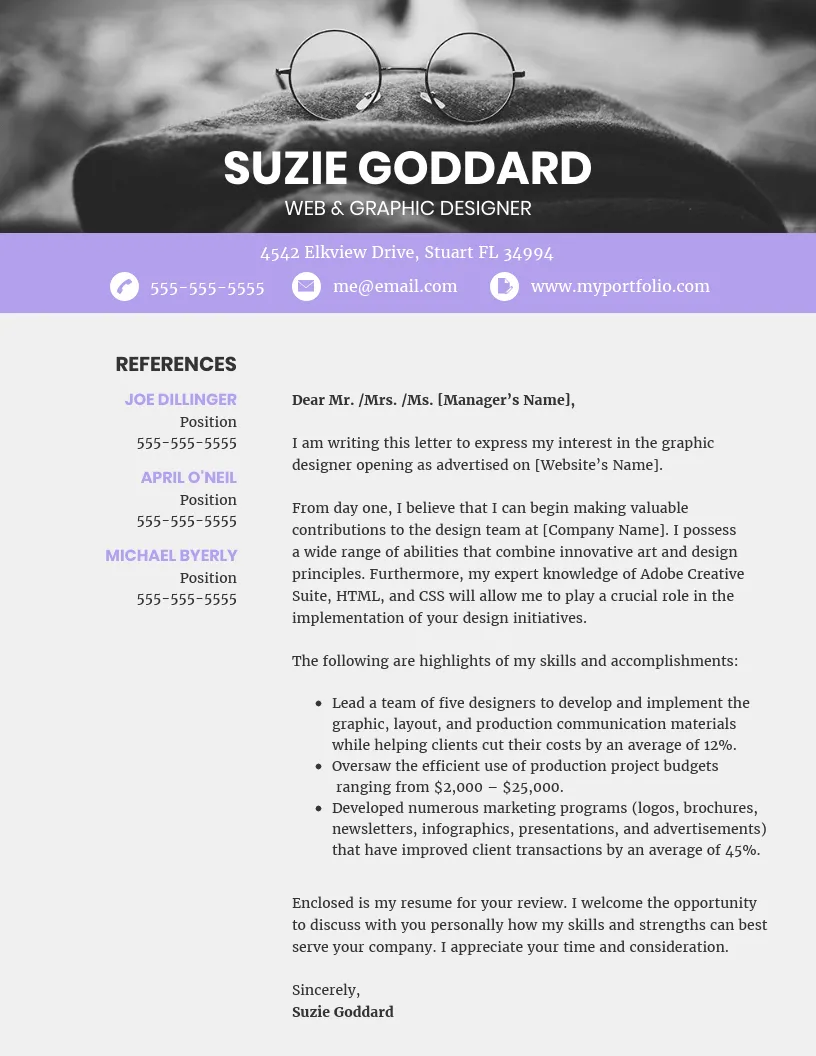
A clean layout is essential for readability. Choose a font that is easy on the eyes and ensure your text is well-spaced. Use headings and subheadings to break up the text and guide the reader’s eye. Use bullet points to present information in a concise and organized manner. Keep the design simple and avoid clutter. Your goal is to create a document that is easy to read and navigate.
Incorporating Visual Elements
While a clean layout is important, you can also incorporate visual elements to make your cover letter more engaging. Consider using a subtle color scheme or a unique header or footer design. You could also include a small graphic or icon to represent your personal brand. However, be mindful not to overdo it. The visual elements should complement the content and enhance the overall design, not distract from it.
Idea 4 Tell a Story
Instead of simply stating your qualifications, use your cover letter to tell a story. Share a compelling narrative that highlights your experiences, skills, and achievements. The story should be relevant to the job you’re applying for and demonstrate why you’re a good fit for the company. This will help the hiring manager connect with you on a personal level and make your application more memorable. Don’t be afraid to be creative, but always remain professional.
Crafting a Compelling Narrative
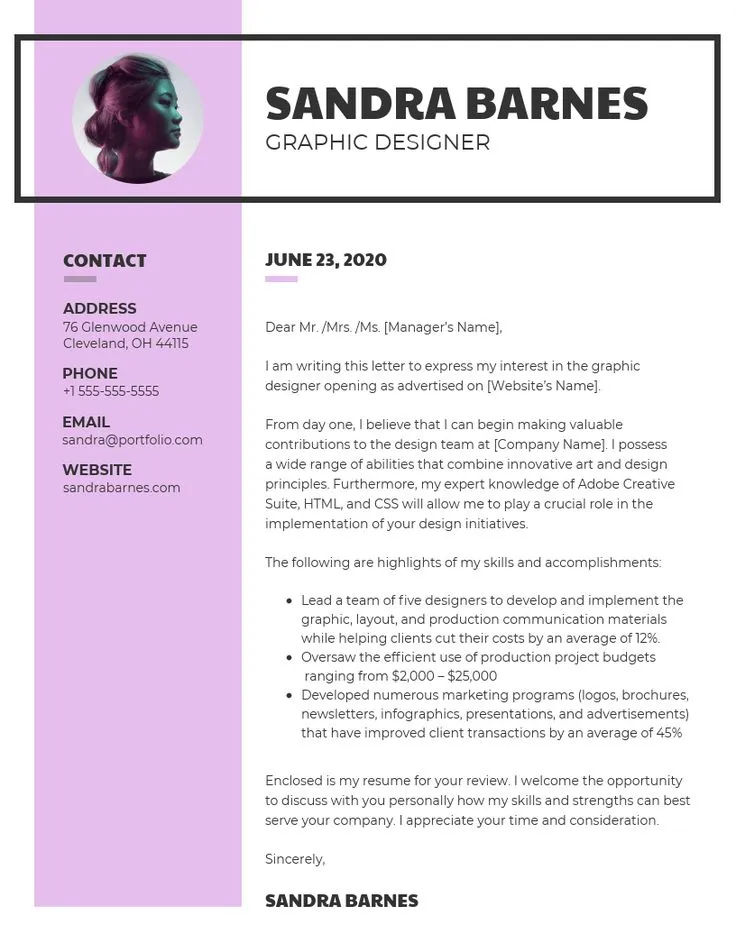
Think of your cover letter as a mini-story. Start with a captivating introduction that grabs the reader’s attention. Then, develop your narrative by highlighting your relevant experiences and accomplishments. Use vivid language and strong verbs to create a compelling and engaging story. Focus on the problems you solved, the challenges you overcame, and the positive outcomes you achieved. End with a strong conclusion that reiterates your interest in the position and your eagerness to contribute to the company’s success. Make sure to keep the reader interested.
Connecting with the Reader
As you craft your story, make sure to connect with the reader on an emotional level. Use language that evokes empathy and understanding. Show your personality and passion for the role. Demonstrate your genuine interest in the company and its mission. The more you can connect with the reader, the more likely they are to remember your application. Being unique will increase your chances.
Idea 5 Show, Don’t Just Tell
Rather than making broad statements about your skills and abilities, provide concrete examples to demonstrate your capabilities. Instead of writing ‘I am a good communicator,’ share a specific instance where you successfully communicated with a client or team member. This approach allows the hiring manager to see your skills in action and understand how you can contribute to their company. Specifics are important when writing the cover letter.
Providing Concrete Examples
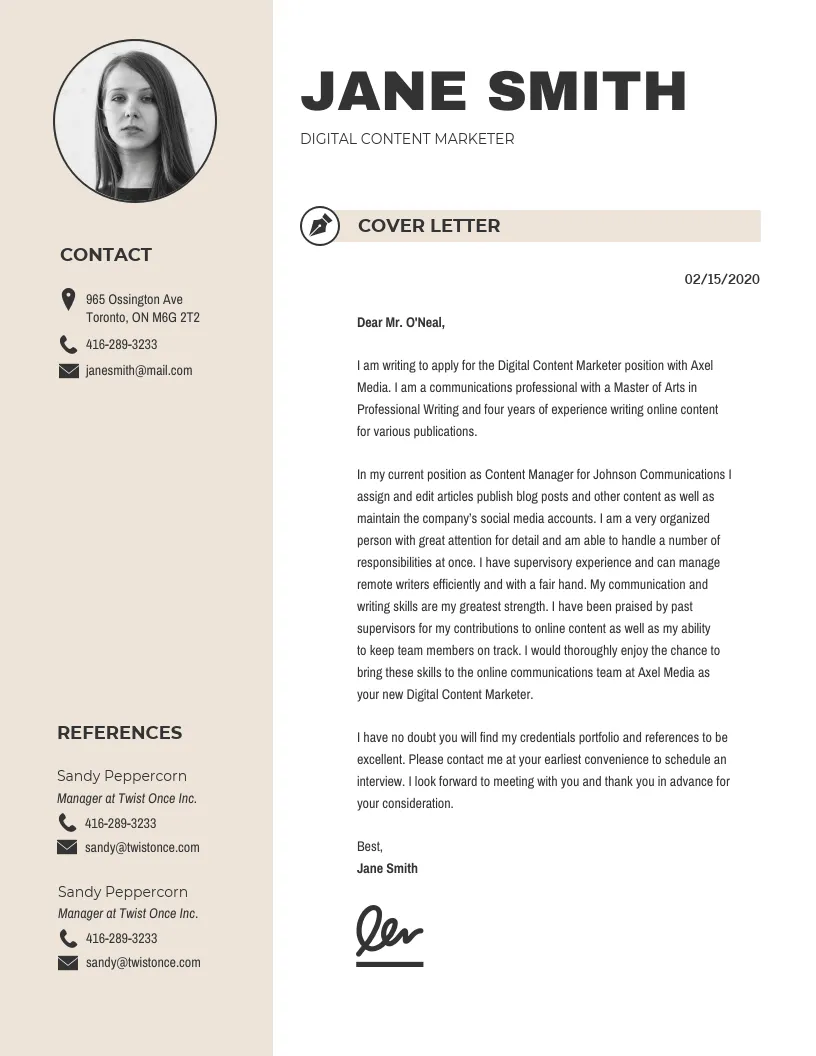
Use your cover letter to provide specific examples of your achievements. Describe a project you led, the challenges you faced, and the solutions you implemented. Quantify your results whenever possible. For instance, instead of saying ‘Improved customer satisfaction,’ write ‘Increased customer satisfaction scores by 15% through implementing a new customer service protocol.’ These examples should support your claims.
Demonstrating Problem-Solving Skills
Highlight instances where you successfully solved problems and overcame obstacles. Describe the situation, the actions you took, and the positive outcomes you achieved. This will demonstrate your ability to think critically, analyze situations, and develop effective solutions. Problem-solving is one of the most important skills in the workplace, so this is an important thing to show.
Conclusion
A creative cover letter is a powerful tool that can set you apart from other applicants and increase your chances of landing an interview. By showcasing your skills, personalizing your pitch, designing a visually appealing letter, telling a story, and providing concrete examples, you can create a cover letter that grabs the hiring manager’s attention and makes a lasting impression. Remember to tailor your cover letter to each job application, proofread carefully, and let your personality shine through. Take the time to put in the effort, and you’ll see a positive result.
